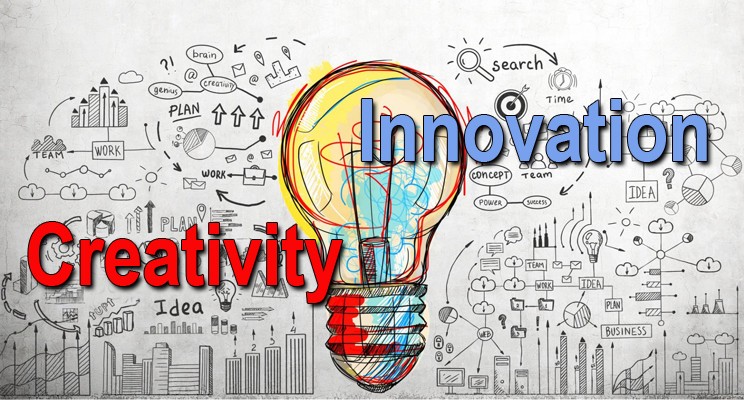Imagination is powerful — it lets children see castles in sand, cities in cardboard, and space rockets in soda bottles. But how do we take that wild energy and turn it into something purposeful? How do we help kids transform their ideas into real-world solutions?
The answer lies in STEM.
Science, Technology, Engineering, and Math form a foundation for turning raw imagination into innovation. At ABL Education, we’ve seen firsthand how structured learning experiences transform passive thinkers into active creators.
The Transition from Dreamers to Doers
Imagination is step one. But innovation requires the tools to build. When children engage in STEM, they:
- Learn how to plan and prototype
- Use data and logic to guide decisions
- Test ideas and iterate solutions
It’s not just about the what if — it’s about the how can I make it work?
From a dream of flying cars to a working model using motors and sensors, STEM gives imagination wings.
Encouraging the Maker Mindset
The Maker Movement encourages people of all ages to build things. In STEM-based environments, children create:
- Circuits that light up art
- Code that animates games
- Projects that solve real problems
This makes learning active. Children learn by making mistakes, fixing them, and improving — which is exactly how innovation works in the real world.
STEM Helps Organize Thought
Great ideas often get lost in the chaos of a child’s mind. STEM education provides structure:
- It breaks big ideas into smaller, actionable steps
- It introduces tools like flowcharts, code blocks, and design thinking
- It turns vague ideas into specific plans
A child who wants to “build a robot that helps people” can — with STEM — learn to prototype one that waters plants, sorts objects, or moves on command.
Bridging Creativity with Real-World Application
STEM doesn’t dampen creativity — it grounds it. It shows kids that their ideas can have real-world effects. Instead of only imagining how to save water, they can design a sensor-based tap. Instead of fantasizing about Mars, they can build rovers that mimic real space tech.
Children begin to see themselves not just as students, but as inventors.
Conclusion:
Imagination is where innovation begins — but STEM is what makes it possible. By offering structured learning pathways, ABL Education helps children turn their wildest ideas into impactful solutions.
The future belongs to the creators. With STEM, children don’t just dream — they do. Let’s turn imagination into action, one project at a time.

